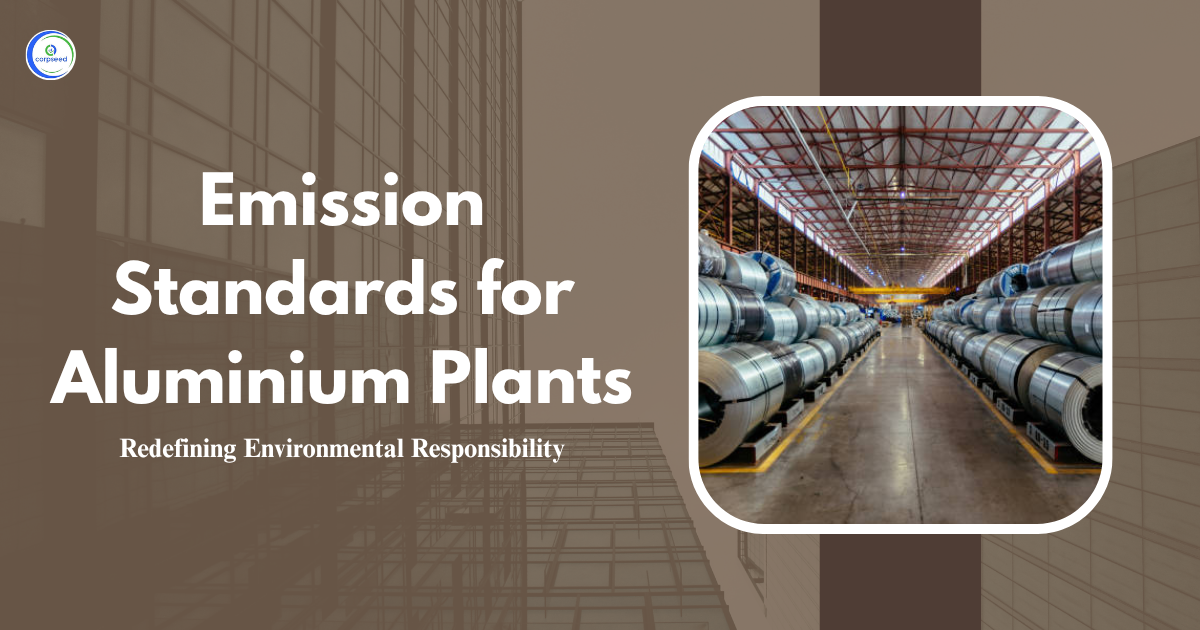Foundries, as critical hubs in the metal manufacturing industry, contribute to the production of a wide range of metal products. However, they also pose significant environmental risks due to emissions released during the metal melting and casting processes. These emissions often contain particulate matter (PM), heavy metals, and harmful gases, which can severely affect air quality and public health. Stringent emission standards are therefore in place to regulate and reduce the discharge of these pollutants.
Table of Contents
--------------Blog Contact Form-------------
Overview of Foundry Emissions
Foundries use different types of furnaces-cupola, arc, and induction-to melt metals, and each type produces varying levels of emissions. The most common pollutants generated during the metal melting process are particulate matter, which includes fine particles that can harm human health and the environment. These particles consist of metal dust, soot, and other toxic substances, which are released into the atmosphere during furnace operation.
In addition to particulate matter, foundries may also emit gaseous pollutants such as carbon monoxide, nitrogen oxides, and sulphur dioxide. These emissions contribute to the degradation of air quality and can lead to serious health problems such as respiratory diseases, cardiovascular issues, and other long-term conditions. Regulatory bodies such as the Central Pollution Control Board (CPCB) and State Pollution Control Boards (SPCBs) have established emission standards to limit the discharge of these harmful pollutants from foundries, ensuring had better air quality and worker health.
Emission Standards for Foundries
Emission standards for foundries vary based on the type of furnace used, the capacity of the furnace, and the pollutants generated during the metal melting process. Below is a table summarizing the foundry emission standards for different furnace types, focusing on the particulate matter limit and other requirements.
| S.No. |
Furnace Type |
Capacity (Particulate Matter) | Standard |
| 1 | Cupola Furnace (Melting Rate) | Less than 3 mt/hr | 450 |
| 3 mt/hr and above | 150 | ||
| 2 | Arc Furnace | All sizes | 150 |
| 3 | Induction Furnace | All sizes | 150 |
These standards aim to limit the concentration of particulate matter (PM) released into the environment. The stack height for cupola furnaces must be designed such that the emissions are discharged safely, with the stack being at least six times the diameter of the furnace. Similarly, both arc furnace emissions and induction furnace emissions must be properly managed through fume collection systems to ensure that they meet the emission limits.
Types of Furnace Emissions
There are three primary types of furnaces used in foundries: cupola furnaces, arc furnaces, and induction furnaces. Each furnace type produces different types of emissions, mainly particulate matter, but the emissions control requirements may differ.
- Cupola Furnace Emissions: Cupola furnaces, commonly used in foundries, burn coke, scrap metal, and fluxes, generating significant particulate matter. These emissions can contain harmful substances like lead and cadmium. The melting rate influences the quantity of emissions, with higher rates resulting in more pollution. Ensuring proper stack height and efficient fume collection systems is essential for controlling emissions.
- Arc Furnace Emissions: Arc furnaces use electricity to melt metals, emitting particulate matter, carbon monoxide, and nitrogen oxides. The high temperatures and electrical energy lead to intense emissions. To meet environmental standards, fume collection systems and pollution control equipment are required to capture and filter pollutants before release.
- Induction Furnace Emissions: Induction furnaces use electromagnetic induction for metal melting, producing cleaner emissions compared to other furnaces. However, they still release particulate matter and volatile organic compounds (VOCs). Fume collection systems are necessary to meet emission standards for particulate matter control.
Control Technologies for Emission Reduction
Foundries utilize various pollution control technologies to reduce emissions from furnaces. These systems help minimize the amount of particulate matter and other pollutants released into the atmosphere.
- Fume Collection Systems: Fume collection systems are essential for managing emissions in foundries. These systems capture harmful particulate matter and gases at the source, preventing them from escaping into the air. Common methods include hoods, ducts, and fans designed to direct emissions through filters for safe disposal.
- Electrostatic Precipitators (ESPs): Electrostatic precipitators (ESPs) are effective in removing fine particulate matter from furnace emissions. They use electric charges to attract particles to collection plates, ensuring compliance with foundry emission standards and reducing air pollution.
- Bag Filters: Bag filters trap larger particles in fabric bags as air passes through them. Widely used in arc furnaces and induction furnaces, they provide effective control over particulate emissions and help meet regulatory standards.
- Scrubbers: Scrubbers neutralize harmful gases like sulphur dioxide and nitrogen oxides from furnace emissions. Using liquid solutions, scrubbers absorb these gases, ensuring that foundries comply with air quality standards and reduce pollution.
Regulatory Compliance and Environmental Clearances
To comply with foundry emission regulations, foundries must obtain the necessary environmental clearances from the CPCB and SPCBs. These regulatory bodies set guidelines for controlling and reducing air pollution from industrial processes, including metal foundries.
Before a foundry can operate, it must submit an application for environmental clearance, detailing how it plans to control emissions, the types of furnaces it will use, and the pollution control systems it will implement. This clearance ensures that the foundry meets environmental compliance standards, preventing excessive pollution from being discharged into the atmosphere.
Regular inspections and emission monitoring are conducted to ensure that foundries continue to meet the prescribed standards. If emission limits are exceeded, the foundry may face penalties or be required to improve its pollution control systems.
Importance of Pollution Control in Foundries
Pollution control in foundries is crucial for protecting both the environment and human health. Environmental pollutants in foundries, such as particulate matter and toxic gases, can lead to serious health problems, including respiratory diseases, heart conditions, and cancer. Additionally, these pollutants contribute to environmental degradation, including poor air quality and the contamination of nearby ecosystems.
By adhering to foundry emission standards and implementing effective air pollution control systems, foundries can significantly reduce their environmental impact. Not only does this improve air quality, but it also protects workers’ health and contributes to the overall well-being of surrounding communities.
Conclusion
The foundry emission standards outlined by the CPCB and SPCBs play a vital role in controlling the discharge of harmful pollutants from metal foundries. These regulations ensure that emissions from cupola furnaces, arc furnaces, and induction furnaces are limited to safe levels, thereby reducing the risk of air pollution and safeguarding human health. By using effective pollution, control technologies such as fume collection systems, electrostatic precipitators, and scrubbers, foundries can meet these standards and contribute to a cleaner, healthier environment. Regular compliance with environmental regulations is crucial to ensuring the long-term sustainability of the foundry industry while minimizing its impact on the environment and public health.
This portion of the site is for informational purposes only. The content is not legal advice. The statements and opinions are the expression of author, not corpseed, and have not been evaluated by corpseed for accuracy, completeness, or changes in the law.
BOOK A FREE CONSULTATION
Get help from an experienced legal adviser. Schedule your consultation at a time that works for you and it's absolutely FREE.


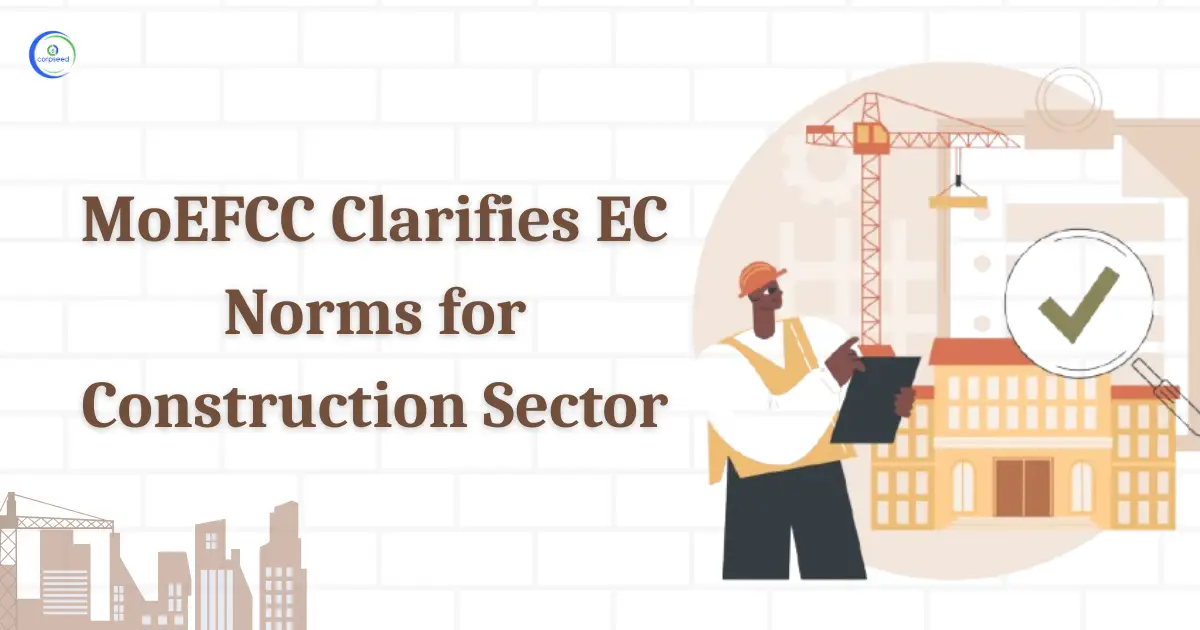
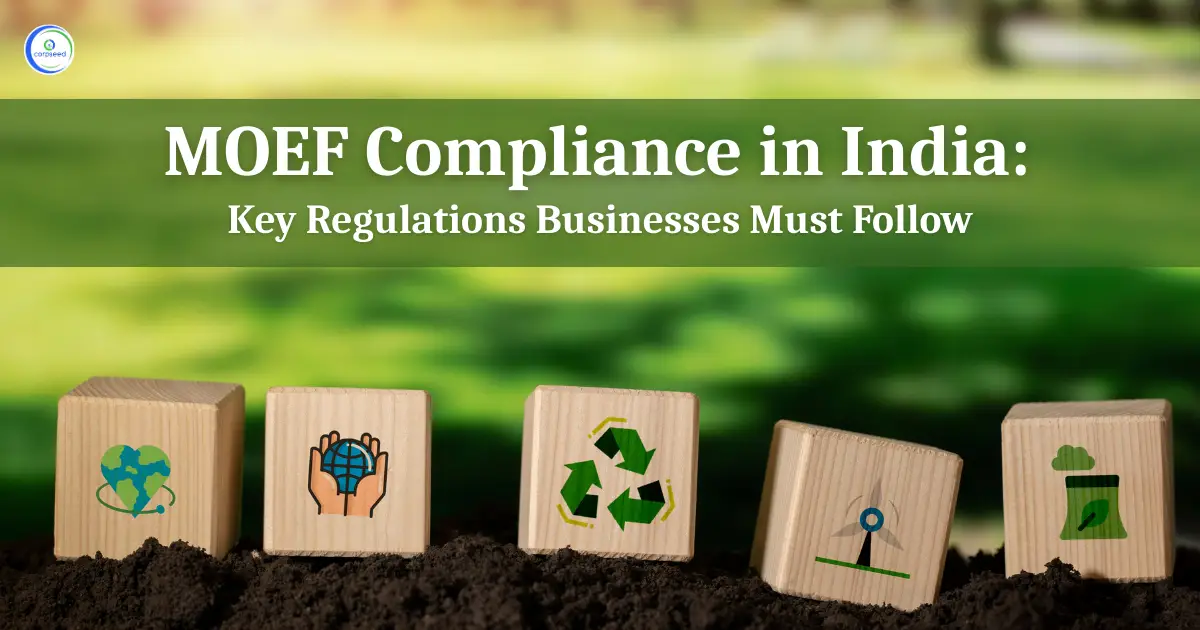
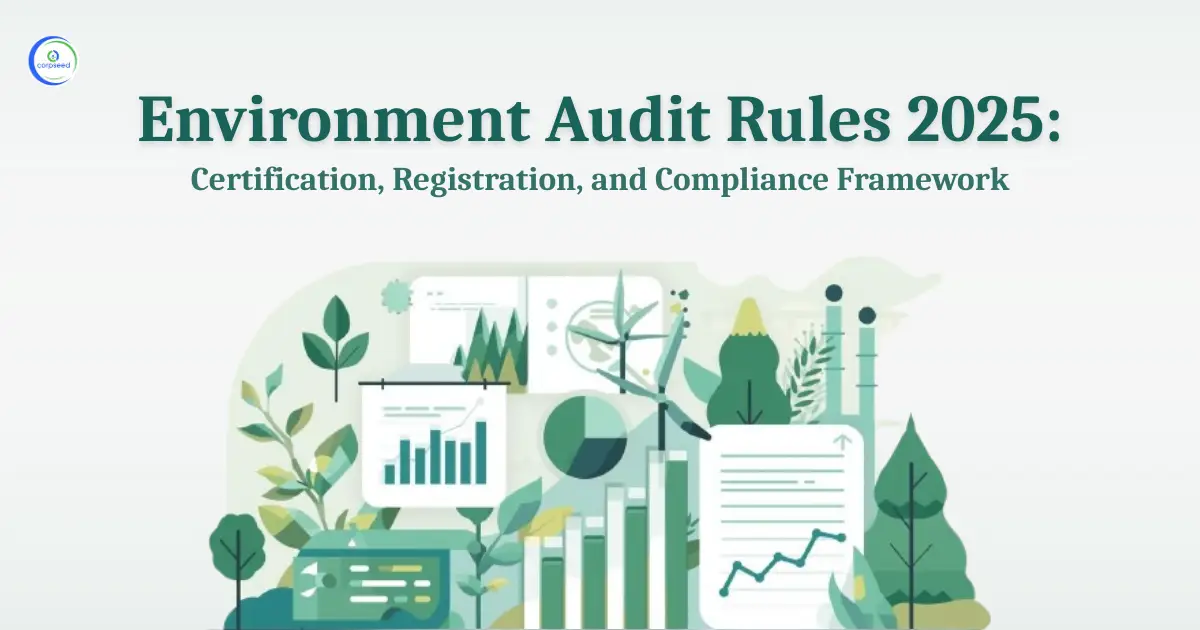
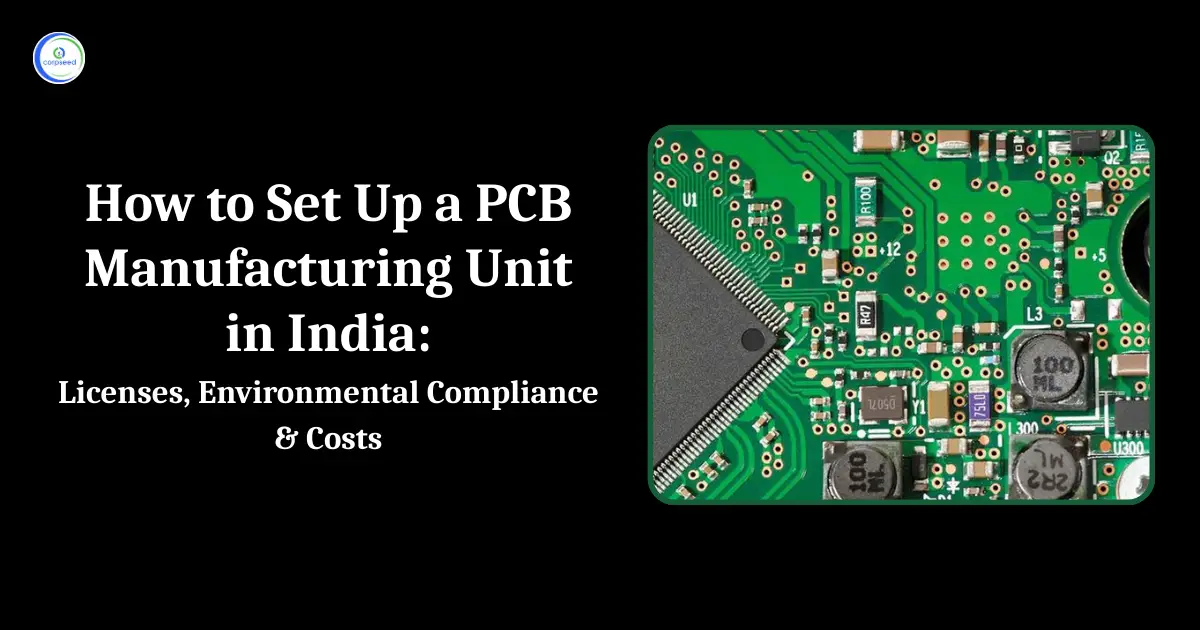
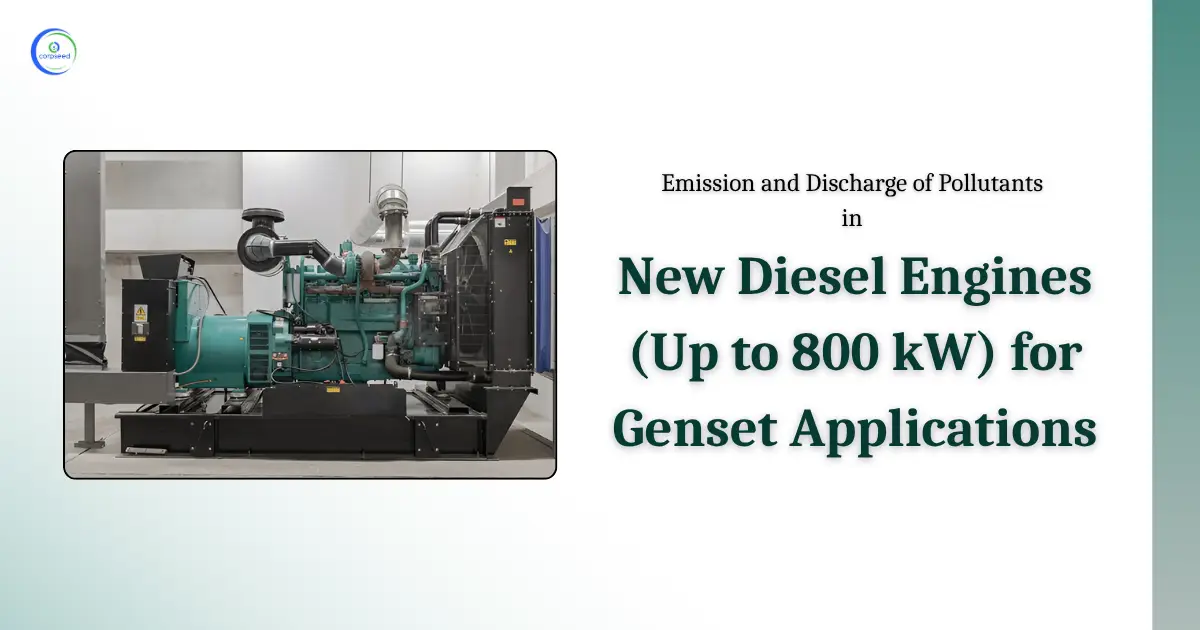
_Corpseed.webp)
.webp)
